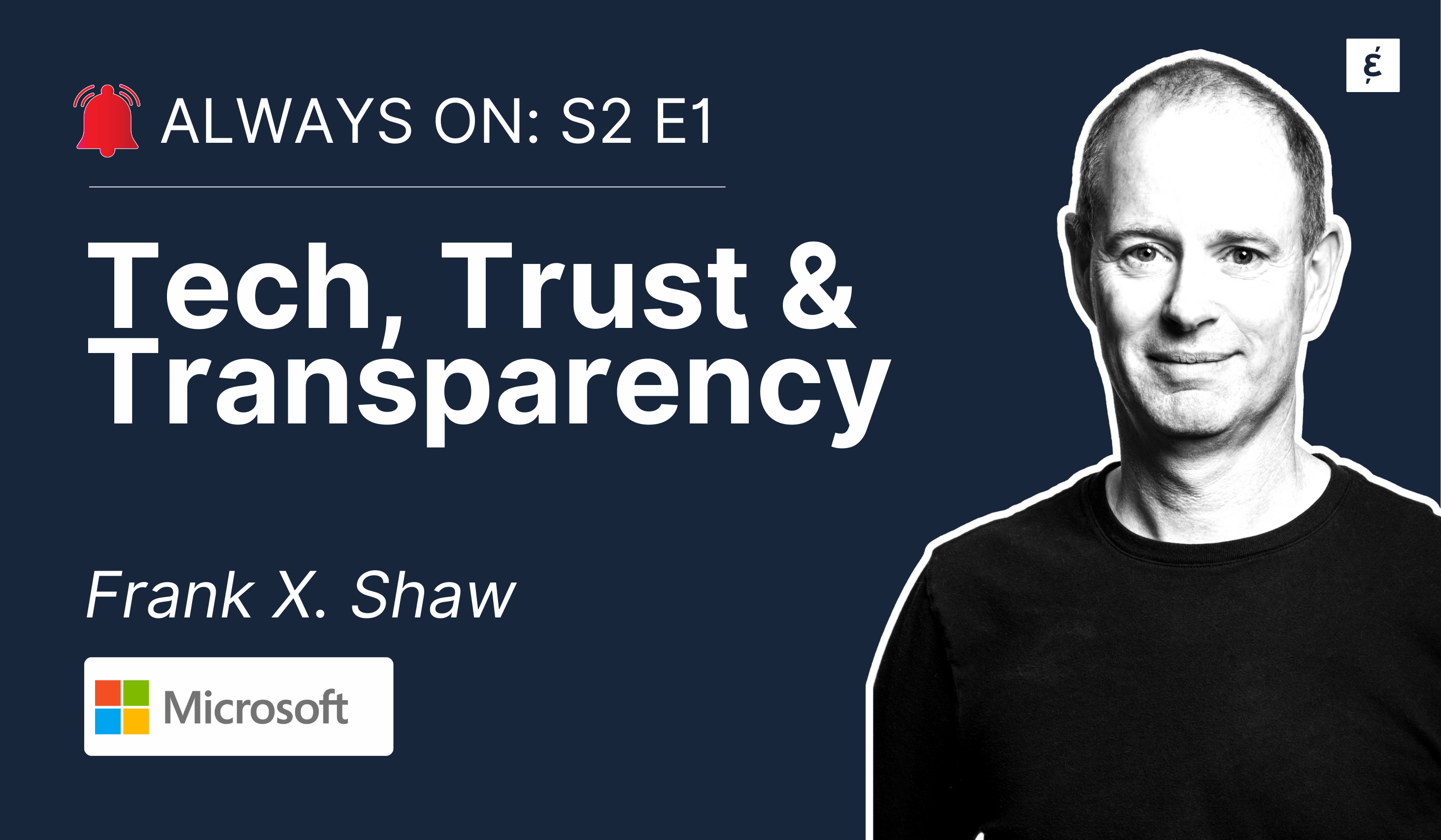

Data-driven communications can help companies navigate the maze of stakeholder expectations and better “predict the now”. Here, four leading CCOs explain how they harness data to improve their corporate comms.
In today’s rapidly evolving business landscape, Chief Communications Officers (CCOs) are increasingly turning to data to inform strategies, measure impact, and enhance the effectiveness of their teams and campaigns. By employing data analytics and insights, CCOs bridge the gap between intuition and measurable results, helping their organizations navigate challenges and opportunities precisely.
Kim Larsen, CCO at Dutch bank ING, describes a common issue within internal communications: “infobesity.” This term captures the overwhelming flood of communications inundating employees, often with little understanding of its effectiveness.
Larsen notes that many organizations default to increasing communication volumes, exacerbating the problem. “We’re just exhausting everybody,” he explains, highlighting the need to prioritize and understand which channels and messages genuinely resonate.
The solution lies in a mature approach to data. Larsen contrasts two mindsets: using data to showcase success versus using it to understand and improve impact.
He argues that real value comes from moving past “analysis paralysis” and focusing on actionable insights that guide strategy. Larsen explains, “It’s about translating data into insights and then into actions… not just to explain what happened last quarter.”
Médard Schoenmaeckers, CCO at Boehringer Ingelheim, reinforces the importance of using data to set and measure objectives that create tangible impact.
He emphasizes the need for CCOs to understand not just what data says, but how it informs organizational goals. In his work, reputation measurement has been pivotal. Before launching a corporate rebrand, Schoenmaeckers‘ team gathered 18 months’ worth of stakeholder feedback, establishing a robust baseline for measuring post-launch progress. “The proof of the pudding is always in the eating,” he notes, underlining how data can validate strategies and guide future adjustments.
Beyond reputation tracking, Schoenmaeckers also integrates data into operational areas such as recruitment. His team uses campaign data to calculate recruitment costs, linking metrics like website clicks and CV submissions directly to hires. This approach not only measures effectiveness but also demonstrates the value of communications in tangible terms, such as cost efficiency.
For many CCOs, leveraging data extends beyond internal optimization to improving collaboration with other departments. As Larsen points out, data provides a common language that non-communications colleagues can understand, bridging gaps and fostering alignment.
This ability to connect with stakeholders using data strengthens the communications function’s credibility within the organization.
Torod Neptune, Chief Communications Officer at Medtronic, has a similar view, describing how data has helped his team play a more strategic role in the organization. At his company, data on brand perception, audience sentiment, and stakeholder trust is shared with leadership quarterly.
This practice not only ensures alignment but also reinforces the communications team’s position as equal partners in decision-making. Neptune explains, “Data will increasingly be one of the most influential tools we have to carve out a strategic and informed role.”
The shift from basic reporting to predictive analytics is critical for CCOs aiming to maximize their data’s potential. Larsen points out that many organizations still focus on retrospective analysis, limiting their insights’ strategic value. Instead, he advocates using data to anticipate trends, identify opportunities, and proactively guide decision-making.
Neptune echoes this sentiment, emphasizing leveraging data to eliminate inefficiencies and uncover “white space opportunities.” He notes that this approach elevates the communications function from a support role to a leadership position. “Any function not leaning heavily into this domain is at risk,” he warns, stressing the competitive advantage data-driven communications provide.
While data is a powerful tool, many CCOs caution against over-reliance on metrics. Hasbro’s CCO, Roberta Thomson, highlights the need for a balanced approach, combining data with experience and intuition.
She explains, “There’s always that extra layer of judgment on top. A billion impressions might look good on paper, but does it really mean anything?” For Thomson, selecting a few key data sets and supplementing them with professional judgment ensures decisions are both informed and practical.
Similarly, Larsen underscores the importance of relevance. He argues that data skills must be applied thoughtfully, integrating them with expertise and organizational priorities to create comprehensive strategies. This approach not only enhances decision-making but also ensures that data remains a tool for action rather than an end in itself.
Many CCOs are adopting sophisticated tools to enhance their data capabilities. Neptune’s organization, for example, uses social listening platforms like Sprinklr to monitor customer sentiment and identify issues in real time. Such tools enable teams to respond quickly to emerging challenges, ensuring communications strategies remain agile and effective.
Schoenmaeckers, on the other hand, employs reputation trackers and brand measurement tools that provide insights across multiple stakeholder groups. By making these tools accessible to managers company-wide, his team fosters buy-in and encourages a culture of data-driven decision-making.
Thomson adds that while tools are essential, the industry is still evolving toward a “magic dashboard” that integrates all relevant metrics seamlessly. Until then, communicators must rely on a mix of tools and tailored analysis to derive meaningful insights.
As the role of data in communications continues to grow, CCOs must focus on building their teams’ analytical capabilities. This includes not only technical skills but also the ability to interpret and apply data in ways that align with business objectives.
Neptune envisions a future where communications professionals are seen as equal to their counterparts in finance and IT, armed with “a wealth of knowledge and perspective” that influences enterprise-wide decisions.
Ultimately, the value of data lies in its ability to demonstrate the tangible impact of communications efforts. As Neptune points out, organizations can no longer justify initiatives based on abstract concepts like goodwill. Instead, CCOs must prove their value through measurable outcomes that directly contribute to the bottom line.
In conclusion, data has transformed the role of CCOs, enabling them to move from intuition-based strategies to evidence-driven decision-making. By prioritizing actionable insights, balancing metrics with judgment, and integrating data across organizational functions, CCOs are redefining their contributions as strategic leaders.
As the industry evolves, those who embrace data’s potential will be best positioned to drive meaningful impact and secure their seat at the leadership table.
© 2024 Group Caliber | All Rights Reserved | VAT: DK39314320